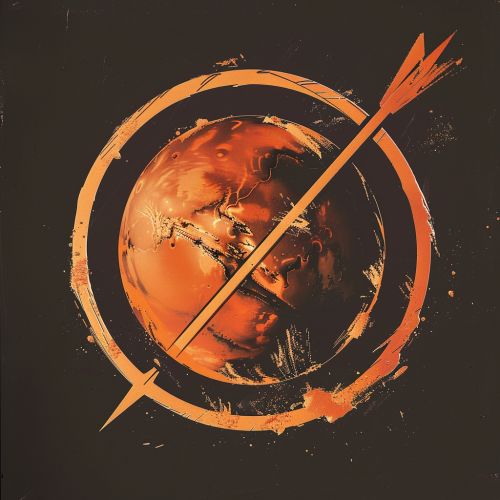Mars (mythology)
Origins and development
Mars was part of the Archaic Triad along with other ancient Roman deities, Jupiter and Quirinus, reflecting the importance of these gods to the early Roman culture. The deity was associated with agricultural functions early on, but over time, his role shifted towards military matters. This transition is believed to have occurred due to the influence of the Greek god Ares, with whom Mars was identified in the Roman period.
Characteristics and symbolism
Mars is often depicted as a mature, bearded man with a helmet and shield, symbolizing his role as a god of war. His sacred animals include the wolf, bear, and woodpecker, all of which are known for their aggressive or protective behaviors. Mars is also associated with the spear, a weapon used by Roman soldiers, further emphasizing his connection to military matters.


Worship and rituals
Mars was worshipped through various rituals and festivals throughout the Roman calendar year. The most significant of these were the Feriae Marti, held in March (named after Mars), and the October Horse, held in October. Both festivals involved horse racing, reflecting the god's association with speed and aggression. Other rituals included the suovetaurilia, a sacrifice of a pig (sus), a sheep (ovis), and a bull (taurus) to Mars to ensure the fertility of the fields and the success of the military campaigns.
Mars in literature and art
Mars features prominently in Roman literature and art, often depicted as a powerful warrior or a protective deity. In the Aeneid, a Latin epic poem written by Virgil, Mars is invoked as the father of the hero, Romulus, and the founder of Rome. In visual arts, Mars is often depicted in battle scenes, emphasizing his role as a war god.
Mars and other gods
Mars was often associated with other deities in the Roman pantheon. He was considered the consort of Bellona, the goddess of war, and the father of Romulus and Remus with Rhea Silvia. Mars was also linked with Venus, the goddess of love and beauty, in a relationship that mirrored the Greek association of Ares and Aphrodite.
